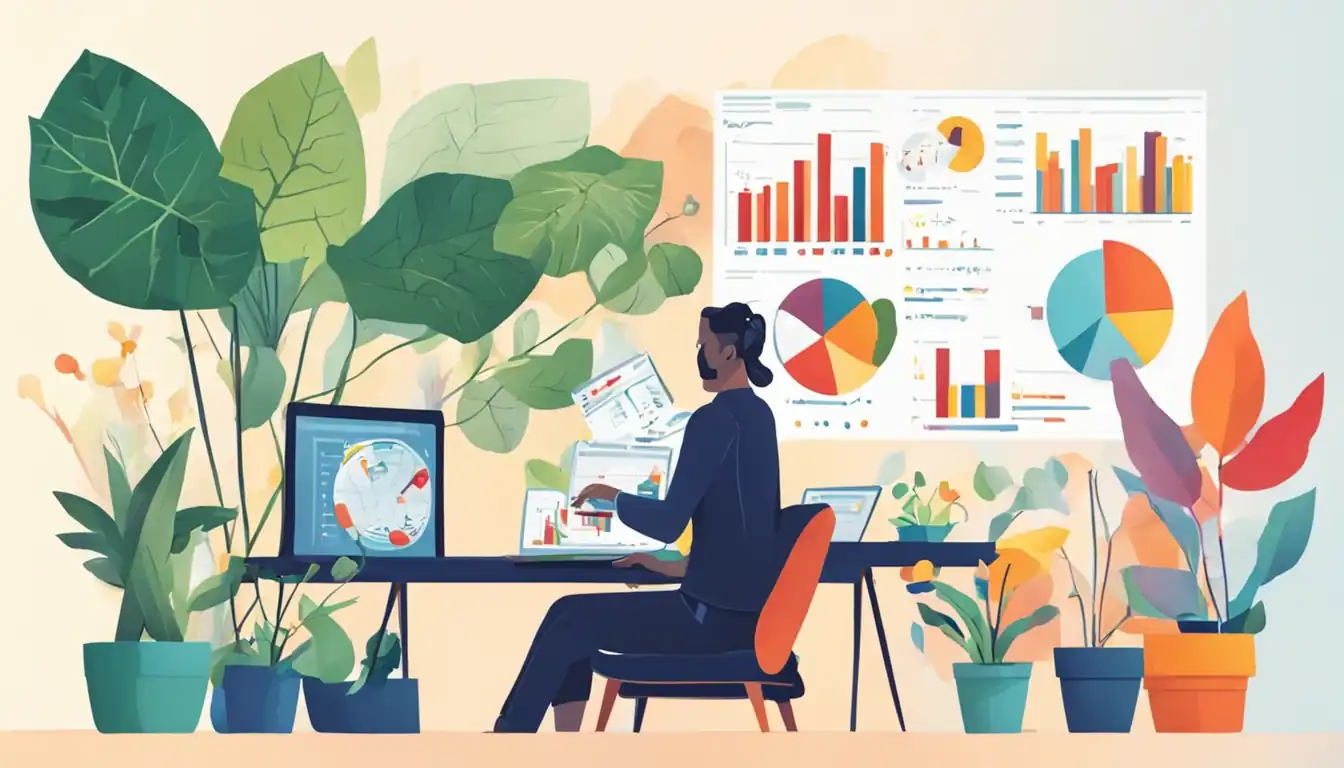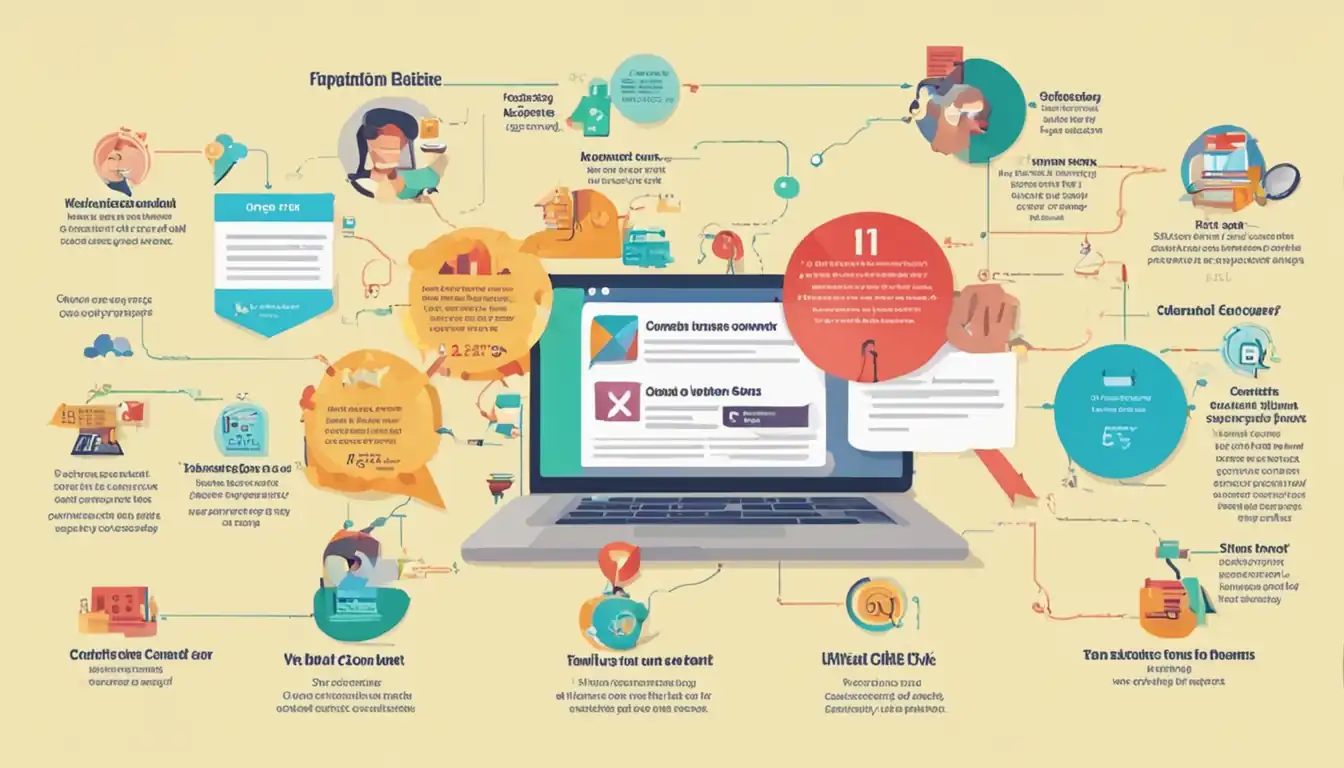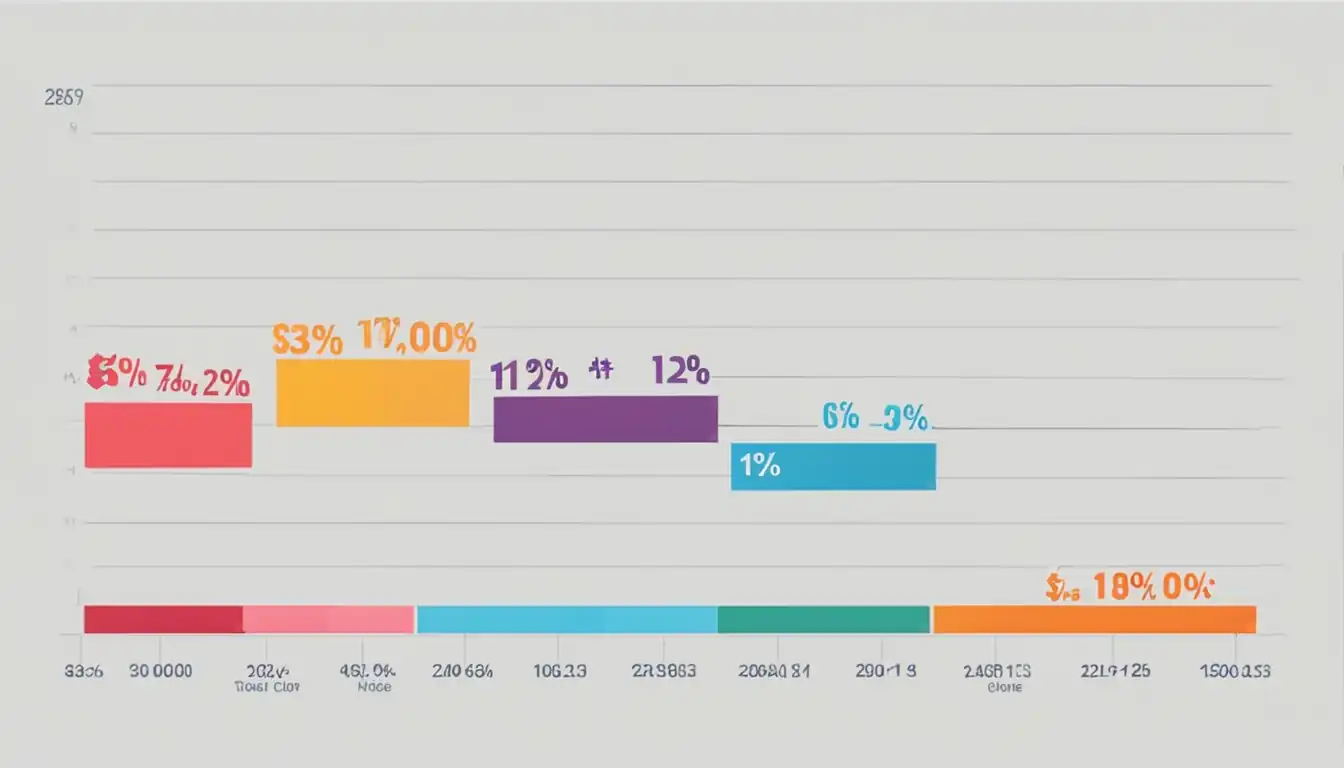Mastering Content Conversion Optimization

In the world of digital marketing, mastering content conversion optimization is like finding the golden ticket to Willy Wonka's chocolate factory - it's the key to unlocking success. Understanding what makes your audience tick, crafting messages that resonate, and designing content that converts are all crucial elements in this process. So buckle up and get ready to dive into the world of content conversion optimization!
Understanding Content Conversion Optimization

What is Content Conversion Optimization?
Content conversion optimization is the process of strategically improving your content to increase the likelihood of converting visitors into leads or customers. It involves analyzing data, understanding user behavior, and making informed decisions to enhance the effectiveness of your content in driving desired actions.
Why It's Crucial for Your Digital Strategy
1. Boosts ROI: Optimizing your content for conversion can significantly improve your return on investment by increasing the number of leads or sales generated from your website.
2. Enhances User Experience: By focusing on conversion optimization, you can create a more seamless and engaging user experience that guides visitors towards taking desired actions.
3. Competitive Advantage: In today's digital landscape, where competition is fierce, mastering content conversion optimization can give you a competitive edge by maximizing the impact of your content marketing efforts.
4. Data-Driven Decisions: Through conversion optimization, you can gather valuable insights about your audience's preferences and behaviors, allowing you to make data-driven decisions that drive results.
5. Continuous Improvement: Optimization is an ongoing process that requires constant monitoring and testing. By prioritizing content conversion optimization, you can continuously refine and improve your strategies to achieve better outcomes.
Remember, mastering content conversion optimization is not just about increasing numbers; it's about creating meaningful interactions with your audience that lead to tangible results for your business.
The Psychology Behind High-Converting Content

Understanding the psychology behind high-converting content is crucial for creating effective conversion optimization strategies. By tapping into the psychological factors that influence consumer behavior, you can craft messages that resonate with your target audience and drive them to take action.
Crafting Messages That Resonate
When crafting content for conversion optimization, it's important to consider the needs, desires, and pain points of your target audience. By understanding what motivates your audience and addressing their concerns in your messaging, you can create content that resonates with them on a deeper level.
To craft messages that resonate with your audience, consider the following tips:
- Conduct thorough research to understand your target audience's demographics, preferences, and behaviors.
- Use language that speaks directly to your audience's needs and desires.
- Highlight the benefits of your product or service in a way that addresses your audience's pain points.
- Use storytelling techniques to create an emotional connection with your audience.
By crafting messages that resonate with your target audience, you can increase the likelihood of converting them into customers.
The Role of Emotional Triggers
Emotions play a significant role in driving consumer behavior and influencing purchasing decisions. By leveraging emotional triggers in your content, you can create a sense of urgency and compel your audience to take action.
Some common emotional triggers that can be used in content conversion optimization include:
- Fear of missing out (FOMO): Creating a sense of urgency by highlighting limited-time offers or exclusive deals.
- Social proof: Showcasing testimonials, reviews, or endorsements from satisfied customers to build trust and credibility.
- Curiosity: Teasing upcoming products or services to pique interest and encourage engagement.
- Anticipation: Building excitement around new product launches or updates to keep your audience engaged.
By incorporating emotional triggers into your content strategy, you can tap into the psychology of consumer behavior and drive higher conversion rates.
Key Elements of Effective Content Design
When it comes to mastering content conversion optimization, having effective content design is crucial. Here are some key elements to consider:
Structuring Your Content for Readability
- Use clear headings and subheadings to break up your content and make it easier for readers to scan.
- Utilize bullet points and numbered lists to highlight important information.
- Keep paragraphs short and concise to improve readability.
- Incorporate white space to prevent overwhelming the reader with text.
Visuals That Enhance Message Clarity
Visuals play a significant role in enhancing message clarity and engaging your audience. Consider the following tips:
- Use high-quality images that are relevant to your content.
- Incorporate infographics or charts to visually represent data or statistics.
- Include videos or animations to demonstrate complex concepts.
- Ensure that all visuals are optimized for fast loading times on all devices.
Strategies to Optimize Your Content for Conversion
In the world of digital marketing, mastering content conversion optimization is crucial for driving successful outcomes. By implementing effective strategies, you can maximize the impact of your content and ultimately boost conversions. Here are some key tactics to consider:
SEO Practices That Drive Targeted Traffic
When it comes to optimizing your content for conversion, SEO plays a vital role in driving targeted traffic to your website. By incorporating relevant keywords, creating high-quality backlinks, and optimizing meta tags, you can improve your search engine rankings and attract qualified leads. Additionally, focusing on user experience and mobile optimization can further enhance the visibility of your content.
Key Points:
- Conduct keyword research to identify relevant terms that align with your target audience's search intent.
- Optimize meta titles and descriptions to improve click-through rates from search engine results pages.
- Create high-quality backlinks from reputable websites to increase your site's authority and credibility.
- Prioritize mobile optimization to ensure a seamless user experience across all devices.
Creating Compelling Calls-to-Action
Another essential aspect of content conversion optimization is crafting compelling calls-to-action (CTAs) that prompt users to take desired actions. Whether it's signing up for a newsletter, downloading a resource, or making a purchase, CTAs should be clear, concise, and visually appealing. By strategically placing CTAs throughout your content and A/B testing different variations, you can determine which ones resonate most with your audience.
Key Points:
- Use action-oriented language that clearly communicates the benefits of taking the desired action.
- Experiment with different CTA placements on your website to identify optimal conversion points.
- Test various CTA designs, colors, and sizes to determine which elements drive the highest engagement.
- Monitor CTA performance metrics regularly and make adjustments based on data-driven insights.
By implementing these strategies effectively, you can optimize your content for conversion and achieve tangible results in driving business growth. Remember to continuously analyze performance metrics, test new approaches, and refine your tactics to stay ahead in the competitive digital landscape.
Analyzing and Improving Your Conversion Rates

To master content conversion optimization, it is crucial to analyze and improve your conversion rates continuously. By understanding what drives conversions and identifying areas for improvement, you can enhance the effectiveness of your content marketing efforts.
Tools and Metrics to Track Performance
Utilizing the right tools and metrics is essential for tracking the performance of your content conversion optimization strategies. Here are some key tools and metrics to consider:
Google Analytics: This tool provides valuable insights into website traffic, user behavior, and conversion rates. By analyzing data such as bounce rates, time on page, and conversion funnels, you can identify opportunities for optimization.
Heatmaps: Heatmap tools like Hotjar or Crazy Egg visually represent where users click, scroll, or hover on your website. This data can help you understand user behavior and optimize your content layout for better conversions.
A/B Testing Platforms: Platforms like Optimizely or VWO allow you to test different variations of your content to see which performs best in terms of conversions. By experimenting with headlines, CTAs, or layouts, you can refine your content for maximum impact.
Conversion Rate Optimization (CRO) Tools: Tools like Unbounce or Convertize offer features specifically designed to improve conversion rates. From creating landing pages to implementing pop-ups, these tools can help streamline your optimization efforts.
Iterative Testing for Continuous Improvement
Iterative testing is a key component of mastering content conversion optimization. By continuously testing different elements of your content and analyzing the results, you can make data-driven decisions to improve conversion rates over time.
Tip: Start by identifying specific goals for each piece of content and establish key performance indicators (KPIs) to measure success. Regularly monitor these KPIs and adjust your strategies based on the data collected.
Key Point: Remember that optimizing for conversions is an ongoing process that requires patience and persistence. By consistently testing, analyzing, and refining your content strategies, you can achieve higher conversion rates and maximize the impact of your content marketing efforts.
Conclusion
As you navigate through the intricacies of content conversion optimization, remember that it's a journey of continuous improvement. By understanding the psychology behind high-converting content, implementing effective design elements, optimizing for conversion, and analyzing performance metrics, you'll be well on your way to maximizing your digital strategy's potential. So go forth with confidence, test new strategies, and watch your conversion rates soar!